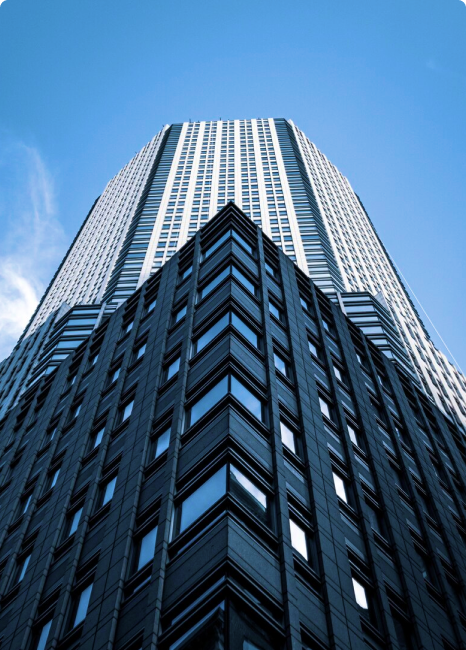The Anatomy of a Safety Harness: Choosing the Right Gear for the Job

Harnesses Save Lives—But Only If They’re Used Right
You see them on every worksite—a harness clipped in, strapped tight, ready to go. It’s one of the most recognisable pieces of PPE in the construction world. But here’s the truth: a harness on its own isn’t enough.
To actually protect someone at height, it needs to be the right type, worn properly, regularly inspected, and—most importantly—connected to a compliant system. Think: anchor points, static lines, rigid rails. The whole picture.
At Kerrect, we don’t just drop off gear and walk away. We engineer complete height safety solutions—customised for the job, the risks, and the people doing the work.
So, What Makes a Harness Compliant?
To be legally used on site in Australia, a safety harness must meet AS/NZS 1891.1, the national fall arrest standard.
That includes:
✅ Clearly labelled ID and attachment points (like dorsal D-rings for fall arrest)
✅ Secure, comfortable fit that allows movement
✅ Compatibility with other gear—rails, lines, anchors
The harness might be the most visible part, but it’s just one piece of the system. And systems are what we specialise in.
Whether it’s rope access services, roof access safety systems, or safety net protection, our role is to make sure your harness is part of a compliant, connected setup that actually keeps people safe.
Choose the Right Harness for the Job
Not all work at height is the same—so not all harnesses should be, either.
Someone walking a static line on a low roof, needs something simple. But a rope access tech abseiling down a high-rise? They need side and front attachment points, comfort padding, and suspension support for long hangs.
We also consider the duration, frequency and the work being done
Our job is to match the harness to the task and environment—because the safest option is the one built for the job and the person doing it.
Systems, Not Just Straps
Even the best harness is useless if it’s connected to the wrong system—or no system at all.
That’s why we take a systems-first approach. We design, supply, and install full fall protection setups that meet and exceed standards.
Our height safety systems include:
Harness based systems such as:
- AS/NZS 5532-compliant anchor points
- Static lines and overhead rail systems
And collective systems such as:
- Guardrails, walkways, ladders
- Safety netting for passive fall protection
From a small roof access job to industrial rope access services on commercial towers, we make sure everything works together—on paper and on site.
Inspections Matter—And So Does Documentation
A new harness won’t stay compliant forever.
According to AS/NZS 1891.4, all harnesses must be:
- Visually checked before every use
- Formally inspected every 6 months
- Immediately removed if damaged or involved in a fall
No inspection tag? No paperwork? That harness is non-compliant—and a liability.
We often come across expired gear or missing records during site assessments. It’s a shared responsibility between crews, WHS officers, and building managers—and one we take seriously.
Final Word: Don’t Cut Corners at Height
A harness is more than a box to tick. It’s life-saving equipment—when it’s chosen carefully, worn properly, and supported by a compliant fall protection system.
At Kerrect, we’ve spent over 20 years designing height safety systems for real worksites—from construction safety specialists to commercial property maintenance services and everything in between.
If you’re unsure whether your current setup is compliant or fit for purpose, we’re here to help.
Let’s talk! Contact our team today.